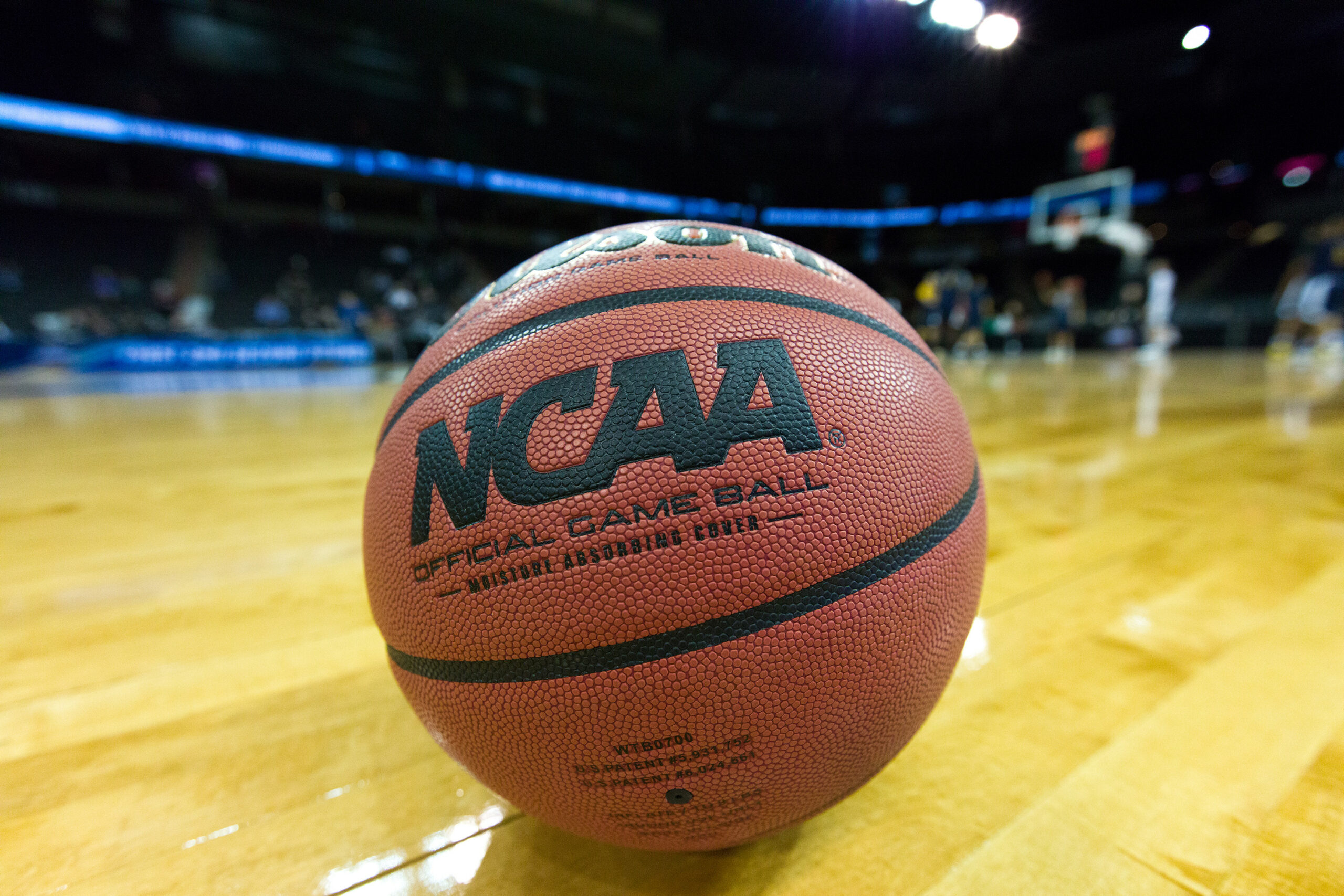Now that football is out of the way, we can focus on what really matters, college basketball. We’re getting close to the most exciting time in college basketball, tournament season. Specifically, teams competing for the National Championship. 68 men’s and 64 women’s basketball programs will be selected to go dancing. The teams selected will participate in a knockout bracket ultimately leading up to a championship team, but you knew this. What you might not have known is how this is all decided (if you already knew this, we have a site full of articles to read, I recommend those also).
Who gets to go, you ask?
Of course, teams who win their conference, which grants automatic bids to 32 teams. The nice thing about being one of these automatic qualifiers who wins their conference tournament is it doesn’t matter how much they tanked during the season, if they win their conference they booked a ticket to the dance (assume they’re eligible for post-season play).
The remaining teams to fill up the bracket are determined by a ten person selection committee. Together, these 10 folks from across the country determine who’s in and who’s out. After conference tournaments wrap up and provide the automatic qualifiers, the committee decides which 36 teams are worthy of a bid (again, they must be eligible for post-season play). What makes a team worthy of an invitation to the dance? Whatever the currently elected committee decides – the committee is looking at which 36 teams are the best at-large, so likely NET ranking plays a large role (the NET takes into account game results, schedule strength, offensive and defensive efficiency, and the quality of a win or loss). After much deliberation, the committee extends invitations for the tournament. Et viola, we have the 68 teams that will compete for the men’s championship.
What is seeding and why do we care?
Seeding occurs somewhat concurrent with the selection by the committee. Overall record, schedule strength, and the NET carry weight when the committee seeds the teams. Ideally, they’ve paid attention to the teams throughout the season and have an idea about seeding. The committee essentially ranks those teams from strongest to weakest, and then places them in regions, so that teams are seeded 1-16 in each region. In a perfect world, the top teams are comparable across regions when it comes to strength/weakness. For example, a 1 seed in each region will be the strongest team in the region and probably a stronger team in the tournament, unless the team is Virginia. A 16 seed team will be the weakest team placed in the region, and will likely not win the tournament but might upset the 1 seed, like UMBC.
You may be asking yourself “why are there 68 teams chosen, but 64 spaces on my bracket?” Four teams drop like flies early on in the opening round of the tournament (First Four, the sadder version of the Final Four). The NCAA added these extra games due to the Mountain West joining DI athletics and the NCAA realizing they could make more money by adding a few games on the front end.

